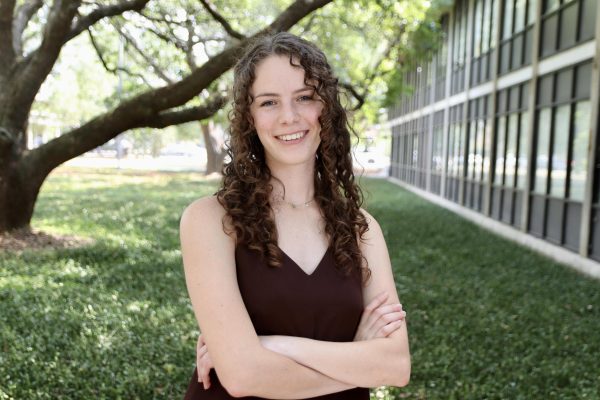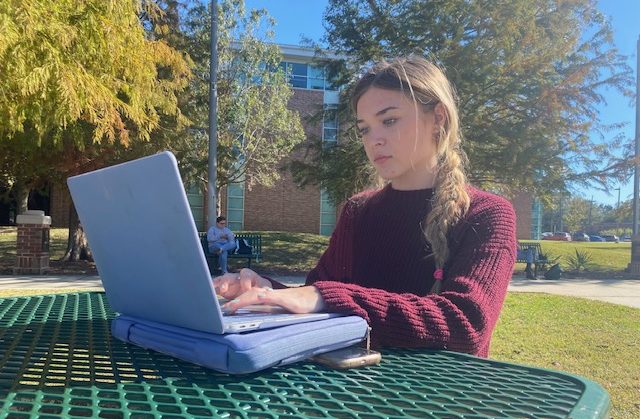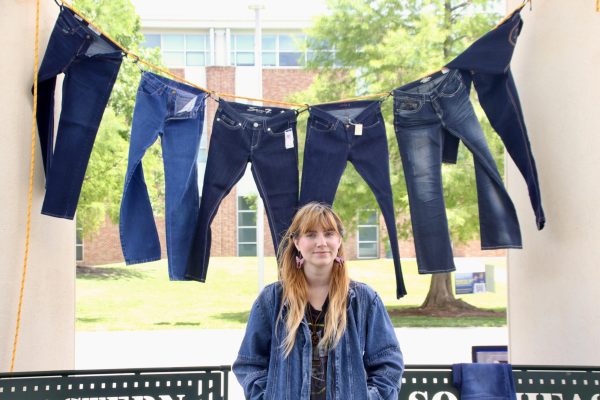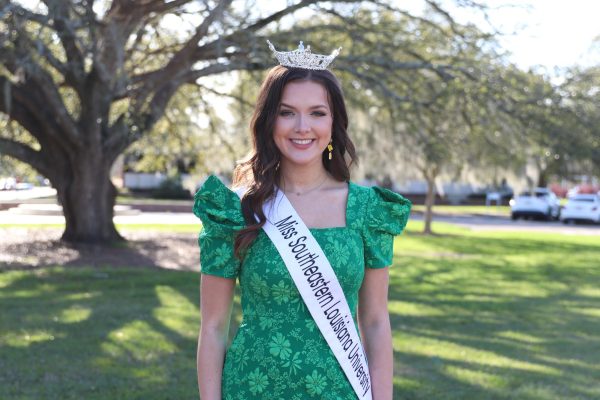With changing seasons come changing emotional states
With winter rolling in, so do the effects of seasonal depression arising around campus. University Counseling Center meets with students every day to help manage any and all hidden struggles.
As the temperature begins to drop, so do people’s spirits. Across the world, many people experience the effects of seasonal affective disorder, or SAD.
SAD is a form of depression that occurs each year most often seen during the fall and winter months. With the days getting shorter, spending less time in the sun can affect hormones and sleep patterns.
“Seasonal depression can be caused by a variety of things. It can be caused by shorter days during winter months, academic distress, stressful life events, change of mood due to change of season, lack of vitamin D in the body, medication changes, etc.,” said Dalina Dahlmans, a licensed professional counselor at University Counseling Center.
Although seasonal depression is not limited to anyone, the University Counseling Center has taken note of the recent rise in numbers in depression cases.
Dahlmans said, “Seasonal depression is quite common on campus. Oftentimes, students present with depressive symptoms or intensified symptoms of depression are already present towards the end of October and beginning of November.”
Oftentimes “winter blues’‘ can be mistaken for SAD. It is seen as a temporary change in mood, whereas seasonal depression is a long-term effect of low emotions. “Winter blues” is illustrated as a mild form of SAD, not affecting one’s daily life.
Depression of any form can alter a person’s personality and spirit, leaving them unable to properly function. Despite seasonal depression mainly documented during the winter seasons, rare cases have been recorded to have experienced depression during the summer and spring months.“Summer depression” is comparably the same as “winter depression,” only differentiating between the occurring seasons.
According to Dahlmans, some signs of seasonal depression include fatigue, depression, hopelessness and lack of motivation to have social interactions. Despite the fact that the specific causes of seasonal depression are unknown, other biological factors associated with SAD are changes in circadian rhythm, serotonin and melatonin levels.
Treatment for SAD can range from light therapy to some cases of medication. Light therapy is executed by prolonged sun exposure. The extra vitamin D creates a chemical change in the brain that improves your mood and relieves other SAD symptoms.
For college students, there are many tips designed to help with the struggles of seasonal depression. One of the main factors of depression is lack of sleep. To counteract this issue, counselors suggest maintaining a routine bedtime. Additionally, managing one’s time can majorly impact a lack of motivation.
Kayla Noll, wellness coordinator for the University Health Center, offered some tips and tricks to help guide an individual struggling with seasonal depression.
Noll said, “Spend time outside even when it’s cloudy, exercise, eat a well-balanced diet, socialize with friends and family, get on a routine/schedule and seek help. Medical professionals may be able to prescribe medical interventions or medications that can help as well.”
Emotional and physical well-being should be prioritized, according to experts. Staying physically active promotes an individual’s mental state. Most importantly, reach out to healthcare professionals, family or friends. Southeastern provides full access to the University’s Counseling Center and Health Center.
Anyone experiencing the effects of seasonal affective disorder can contact the University Counseling Center at 985-549-3894 or visit the office in the Student Union Annex to seek help.
Your donation will support The Lion's Roar student journalists at Southeastern Louisiana University.
In addition, your contribution will allow us to cover our annual website hosting costs.
No gift is too small.

Haley Dupre' is a sports communication major from Donaldsonville. She joined our team in Oct. 2021 as a reporter. In addition to her contributions to Student...







